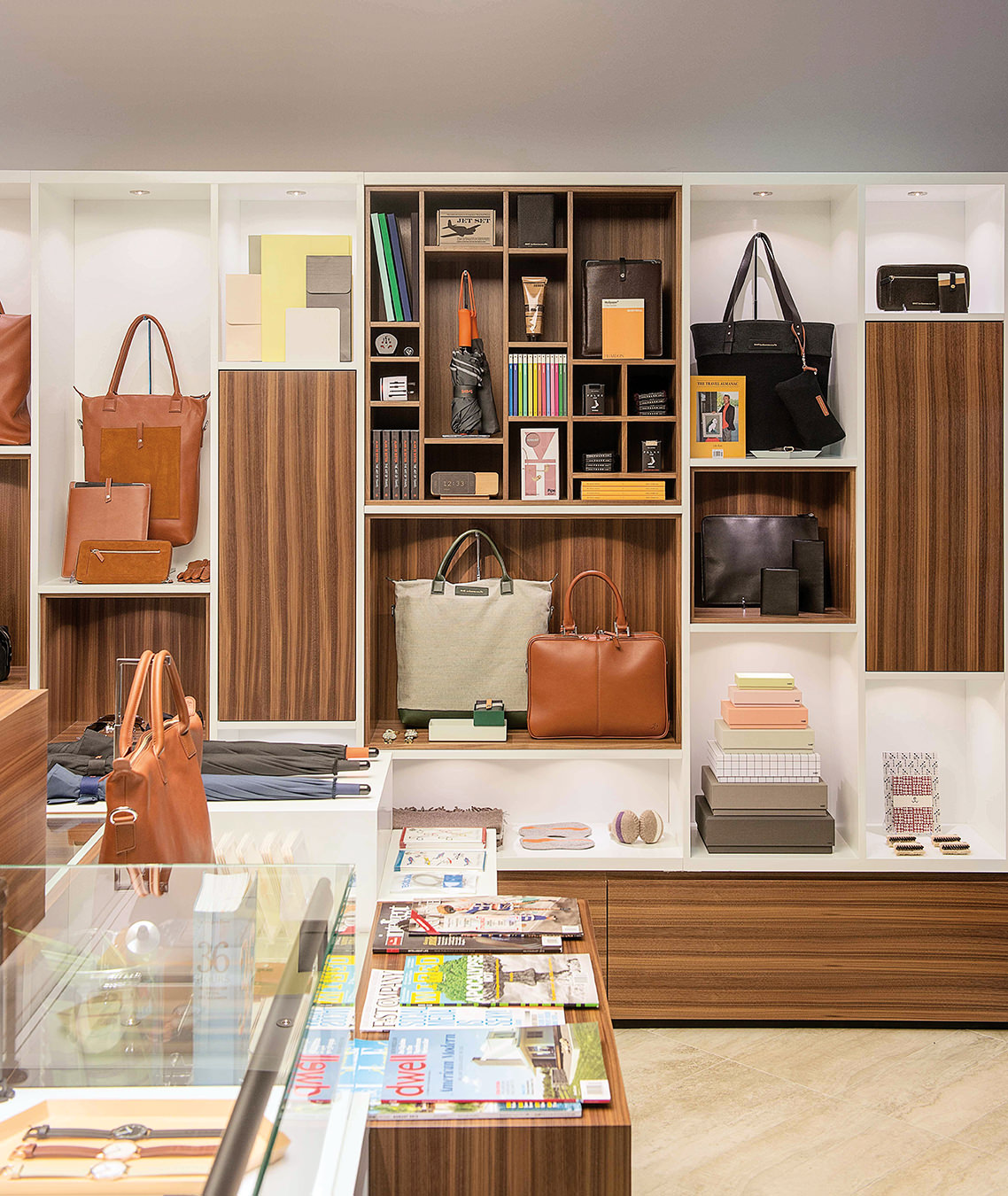A New Joyce Wieland Retrospective Takes Over The AGO
A monumental retrospective.
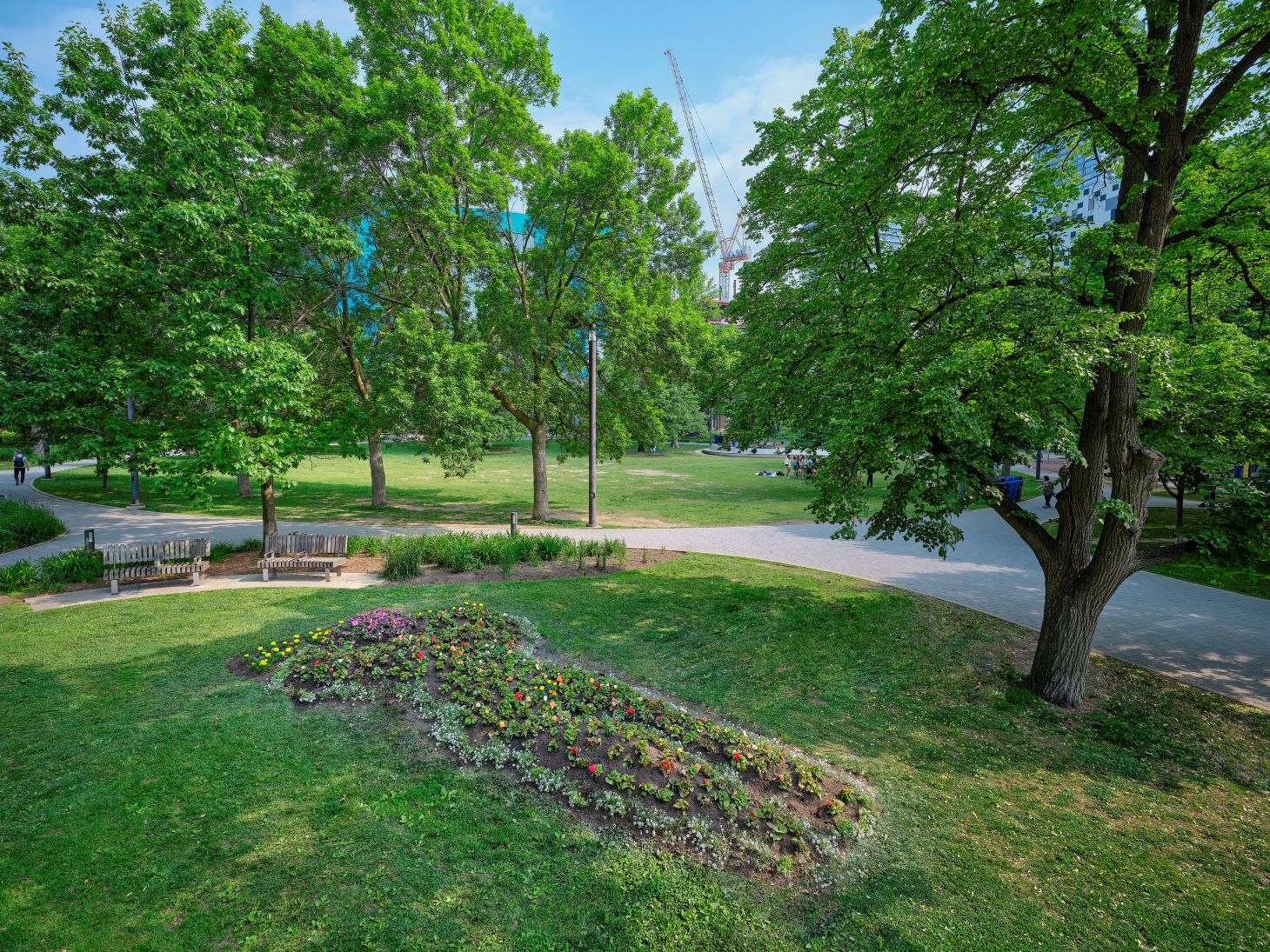
Joyce Wieland, Venus of Scarborough, 1982, revisited in Grange Park 2025.
It’s been almost 40 years since the Toronto native Joyce Wieland made history at the Art Gallery of Ontario, becoming the first living female artist to have a solo exhibition there. This month, her groundbreaking work returns to the AGO like never before thanks to a new and highly ambitious retrospective.
“The AGO was very much her museum. She was collected by it, she exhibited at it, she volunteered here, and her celebration of life was held here,” says Georgiana Uhlyarik, the Fredrik S. Eaton Curator of Canadian Art at the AGO and the co-curator of Joyce Wieland: Heart On (June 18-January 4.) “On the museum’s 125th anniversary, it is a fitting moment to recognize her legacy.”
The monumental retrospective encompasses five decades of Wieland’s work, bringing together an unprecedented collection of drawings, textiles, paintings, films, and sculpture to explore themes such as gender, civil rights, cultural sovereignty, female sexuality, U.S. imperialism, and ecology.
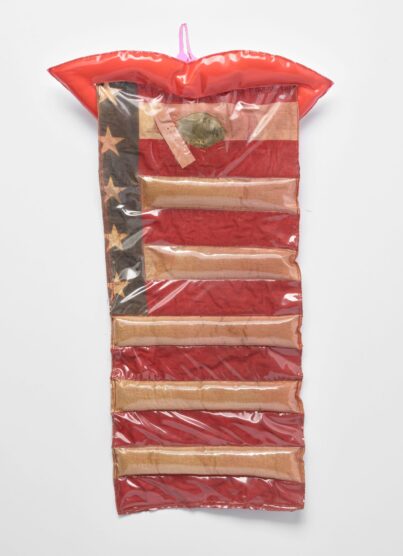
Joyce Wieland. Betsy Ross, Look What They’ve Done with the Flag that You Made with Such Care, 1966. Hanging, 56 x 34.3 cm. Collection of Morden Yolles. © National Gallery of Canada, Ottawa.
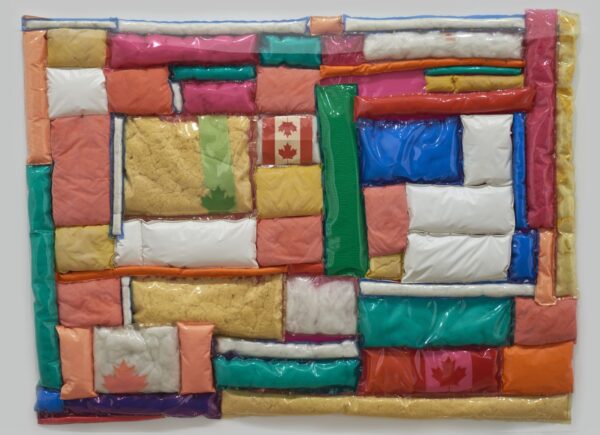
Joyce Wieland. Confedspread, 1967. Plastic and cloth, 146.2 x 200.4 cm. National Gallery of Canada, purchased 1968. © National Gallery of Canada, Ottawa.
Wieland’s ecological activism and affinity for the Canadian Arctic, for example, are visibly expressed in her collections of layered textiles and prized quilts, like Defend the Earth, commissioned in the 1970s for the National Research Council building in Ottawa. “With its rounded edges and meadow of puffy flowers, Defend the Earth can be imagined as Wieland’s protective quilt for the planet,” says Anne Grace, curator of modern art at the Montreal Museum of Fine Arts, where Heart On first debuted. “Since it was installed in 1972, it has been on display adjacent to the National Science Library with no public access, and Heart On marks the first time the public has the opportunity to see it.”
Elsewhere in the gallery, Toronto locals might recognize the bright nine-metre-long quilted art piece Barren Ground Caribou (1978), which is on loan and making its AGO debut after hanging in Toronto’s Spadina subway line for almost 50 years.
For fans new and old, the exhibition reveals Wieland’s multifaceted output and originality through a loosely chronological and refreshed lens. Thanks to a major restoration project by the Cinémathèque québécoise, Wieland’s experimental films like Handtinting (1967) are cleverly displayed alongside what she called her “filmic paintings,” underscoring the parallels between her film and visual art practices. Furthermore, for the first time since 1967, 12 of her 15 plastic hangings are also on view after undergoing extensive conservation treatment.

Joyce Wieland, Flag Arrangement, 1970-71.

Joyce Wieland, Defend the Earth, c.1972.
Outside the museum, in Grange Park, visitors can also experience a rare reproduction of the artist’s sole earthwork, Venus of Scarborough, from 1982. Wieland first created the 20-metre-long goddess-shaped flower bed for the Contemporary Outdoor Sculpture exhibition commemorating the 50th anniversary of The Guild Inn near the Scarborough Bluffs, thereby connecting the goddess of love, fertility, sex, and victory to the feminine nature of the natural world. This summer, the re-creation blooms with impatiens, begonias, marigolds, and sweet alyssum, mere steps from the artist’s final resting place at St. George’s Church.
No matter the medium, Wieland’s artistry was unabashedly feminine, countering the masculine narrative while openly celebrating what it meant to be a woman. Her creative complexity and nuanced views resulted in work that could feel at once radical and joyful, disturbing and playful, politically engaged and thought provoking—an amalgamation of emotion and depth.
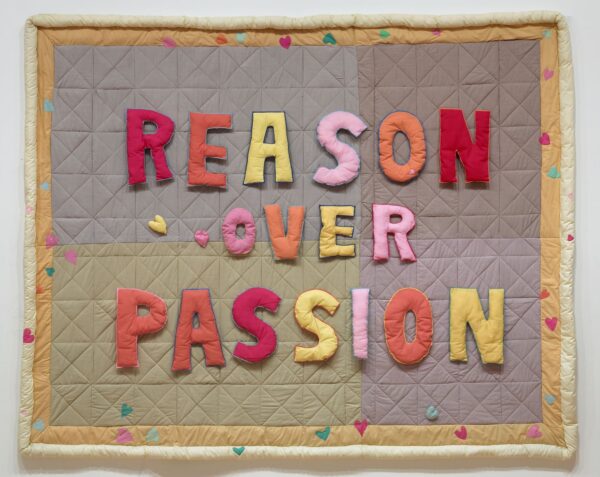
Joyce Wieland. Reason over Passion, 1968. Cloth, thread, batting, 256.5 x 302.3 x 8 cm. National Gallery of Canada, purchased 1970 © National Gallery of Canada, Ottawa.
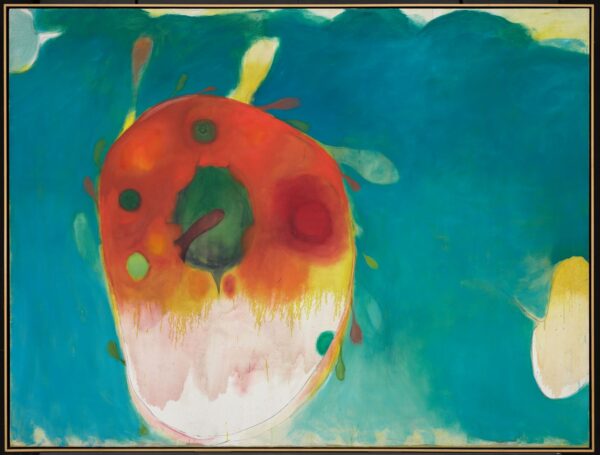
Joyce Wieland. Time Machine Series, 1961. Oil on canvas, Overall 203.2 x 269.9 cm. Art Gallery of Ontario. Gift from the McLean Foundation, 1966. © National Gallery of Canada, Ottawa.
Just as she shaped the dialogue around gender, nationhood, and social equity throughout the sixties, seventies, and eighties, she continues to resonate with scores of Canadians and international fans thanks to her progressive, trailblazing spirit. “Wieland engaged with the issues of her time, and today, those issues remain,” Uhlyarik said. “In the thirty-five years since her first retrospective, her work has perhaps never been more relevant.”



